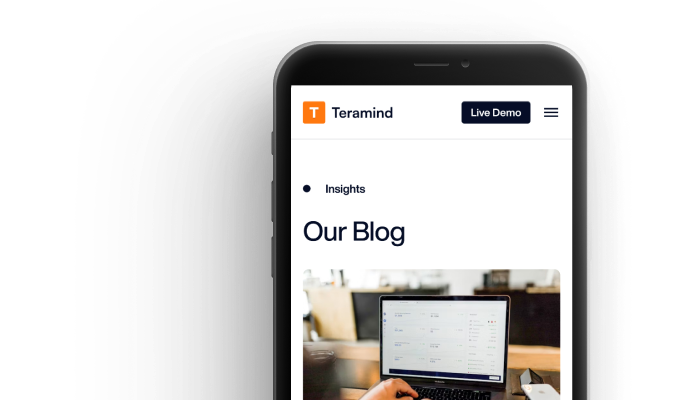

Platform Release 740 contains 350+ new features, improvements, and updates from Windows Agent 25.5, Mac Agent 25.06, Web 25.10.1, Server 25.7, BI 24.52 as well as...

Manage insider risk, optimize productivity, and enforce compliance with Teramind.
Solutions
Cybersecurity
Productivity
Learn More